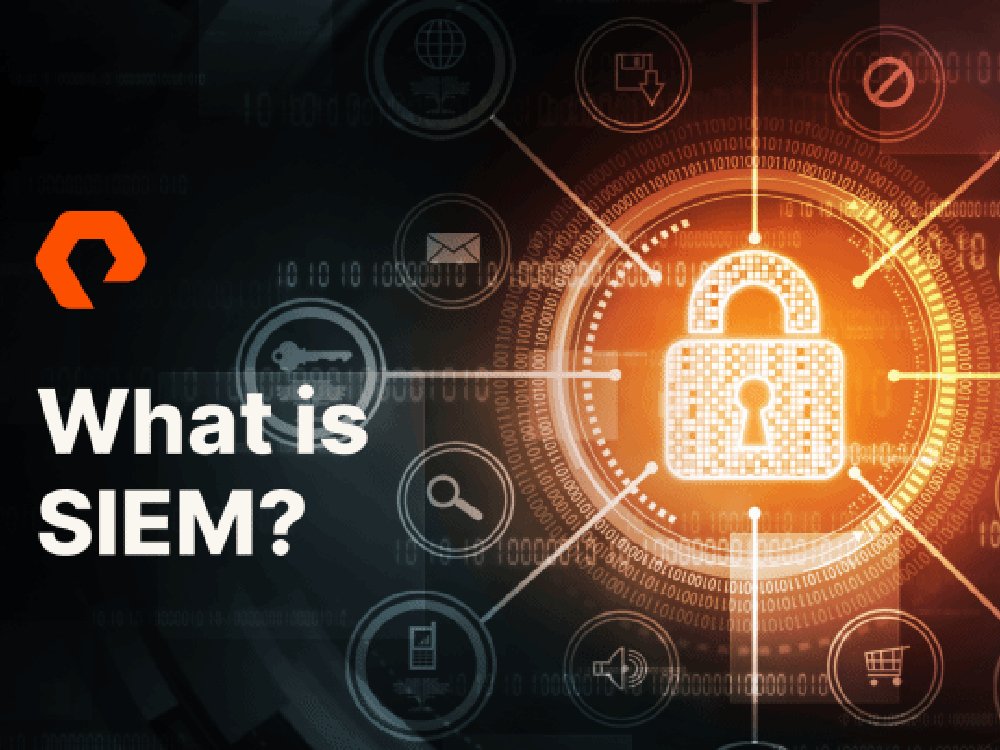In the realm of cyber security, it is widely discussed that what is siem in cyber security, the term “SIEM” is often mentioned as a critical component of a robust defense strategy. But what exactly is SIEM in cyber security, and why is it so important? In this blog, we’ll delve into the intricacies of SIEM (Security Information and Event Management), exploring its purpose, functionality, and the benefits it offers in defending against cyber threats.
What is SIEM in Cyber Security?
SIEM, which stands for Security Information and Event Management, is a comprehensive approach to security management that combines security information management (SIM) and security event management (SEM) into a unified solution. At its core, SIEM involves collecting, aggregating, correlating, and analyzing security data from various sources across an organization’s IT infrastructure to detect and respond to security incidents effectively.
The Purpose of SIEM
The primary purpose of SIEM is to provide a centralized platform for monitoring, detecting, and responding to security threats in real-time. By aggregating and correlating security data from disparate sources such as network devices, servers, endpoints, and applications, SIEM enables security analysts to gain visibility into the organization’s security posture and identify potential security incidents before they escalate.
Functionality of SIEM
SIEM solutions typically consist of several core components that work together to provide comprehensive security monitoring and incident response capabilities:
- Data Collection: SIEM solutions collect security data from various sources, including logs, events, and alerts generated by network devices, security appliances, operating systems, and applications. This data is aggregated and normalized to facilitate analysis and correlation.
- Log Management: SIEM solutions store and manage security logs and event data in a centralized repository, enabling security analysts to search, query, and analyze historical data for forensic analysis and compliance reporting purposes.
- Correlation and Analysis: SIEM solutions correlate security events and alerts from multiple sources to identify patterns, trends, and anomalies indicative of potential security incidents. Advanced correlation rules and algorithms enable SIEM solutions to distinguish between legitimate security events and malicious activities.
- Alerting and Notification: SIEM solutions generate alerts and notifications in real-time when security incidents are detected, enabling security analysts to take immediate action to mitigate risks and prevent further damage. Alerts can be customized based on severity, relevance, and specific organizational requirements.
- Incident Response: SIEM solutions facilitate incident response by providing workflows and automation capabilities for triaging, investigating, and remediating security incidents. Integration with ticketing systems, orchestration platforms, and security orchestration, automation, and response (SOAR) solutions streamlines the incident response process and enhances efficiency.
Benefits of SIEM in Cyber Security
SIEM offers several key benefits for organizations seeking to enhance their cyber security posture and mitigate the risks posed by cyber threats:
- Improved Threat Detection: SIEM enables organizations to detect security threats and incidents in real-time by correlating security data from multiple sources and identifying patterns indicative of malicious activity.
- Enhanced Incident Response: SIEM streamlines the incident response process by providing centralized visibility, automated alerting, and orchestration capabilities, enabling organizations to respond quickly and effectively to security incidents.
- Compliance and Reporting: SIEM solutions help organizations achieve compliance with regulatory requirements and industry standards by providing centralized log management, audit trails, and reporting capabilities for demonstrating compliance with security policies and regulations.
- Risk Management: SIEM enables organizations to proactively identify and mitigate security risks by monitoring for vulnerabilities, misconfigurations, and anomalous activities that could potentially lead to security breaches.
- Operational Efficiency: SIEM streamlines security operations by consolidating security monitoring, incident detection, and response capabilities into a single platform, reducing the time and effort required to manage security alerts and incidents.
Conclusion
In conclusion, SIEM plays a crucial role in cyber security by providing organizations with the tools and capabilities needed to monitor, detect, and respond to security threats effectively. By aggregating and correlating security data from diverse sources, SIEM enables organizations to gain actionable insights into their security posture and take proactive measures to mitigate risks and protect sensitive information. In an era of increasing cyber threats and regulatory scrutiny, SIEM has emerged as a cornerstone of modern cyber security operations, empowering organizations to defend against evolving threats and safeguard their digital assets with confidence.

